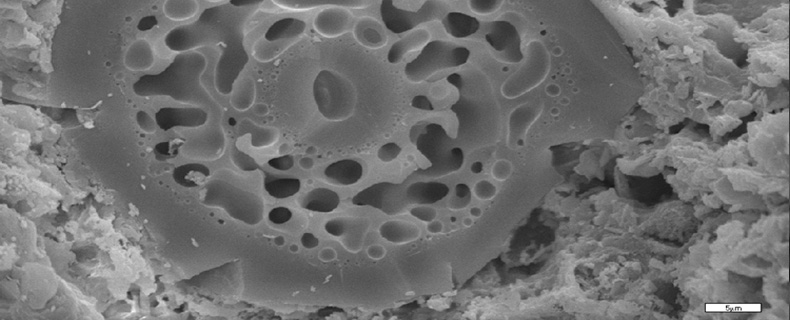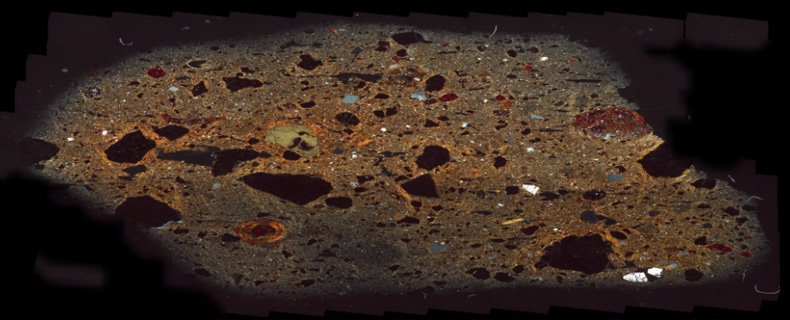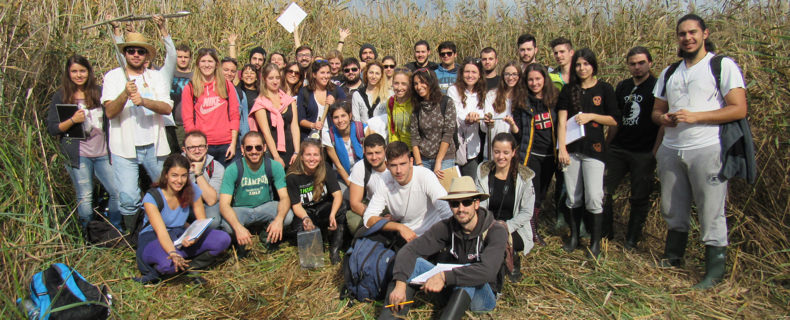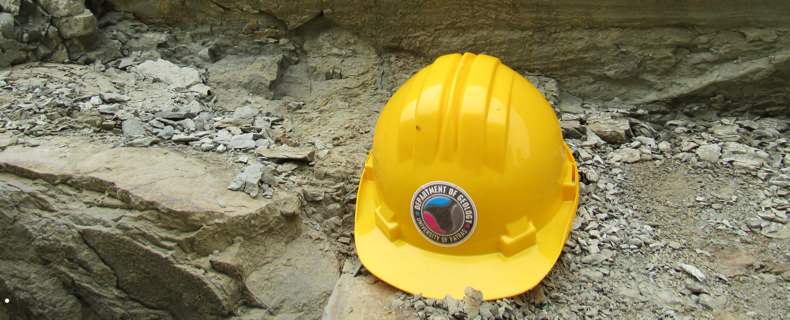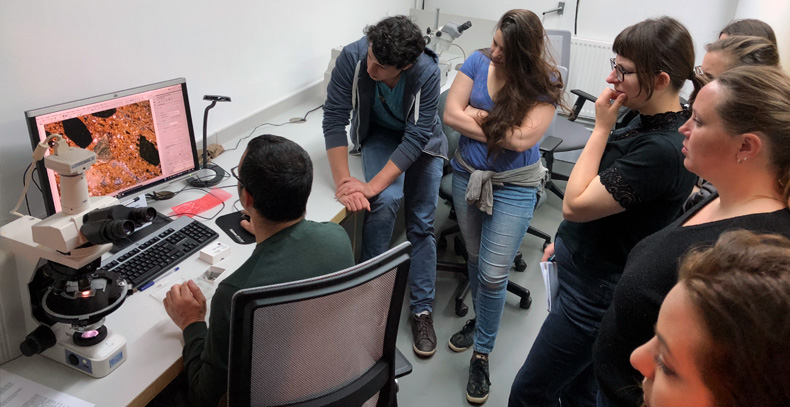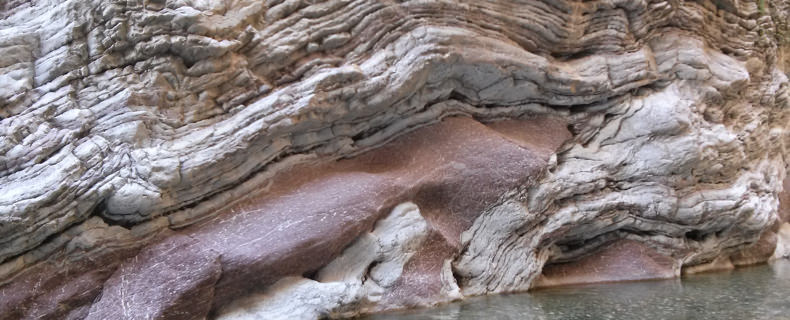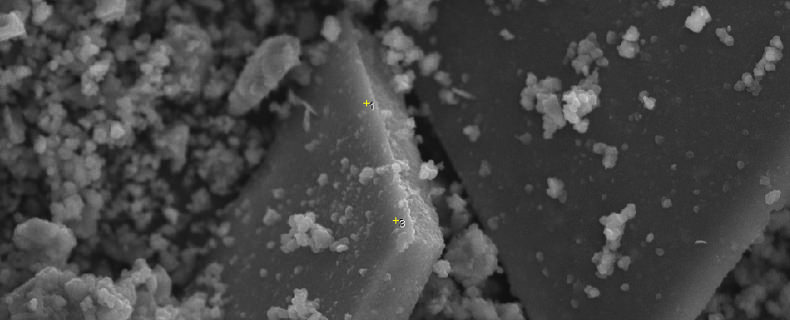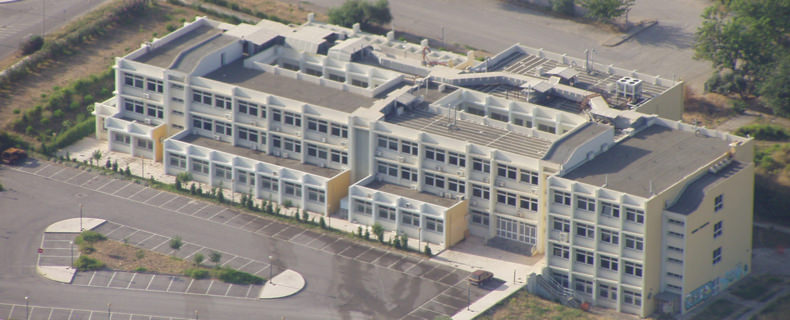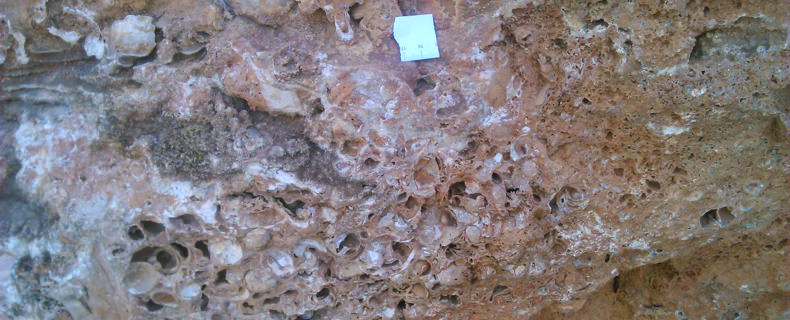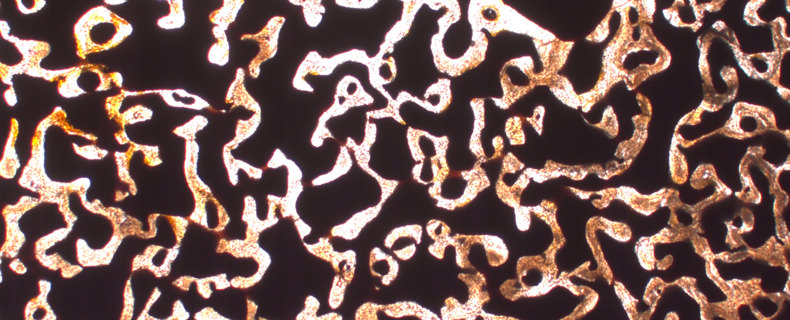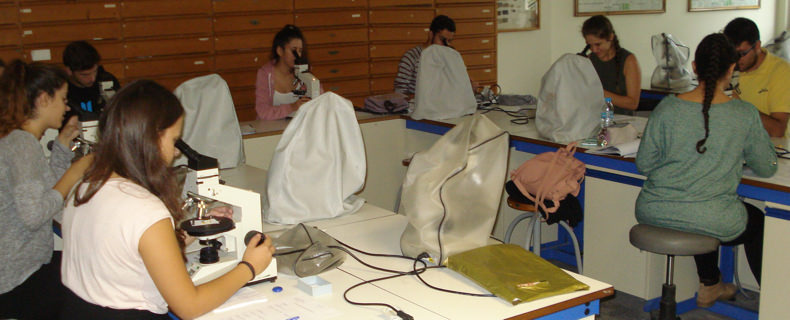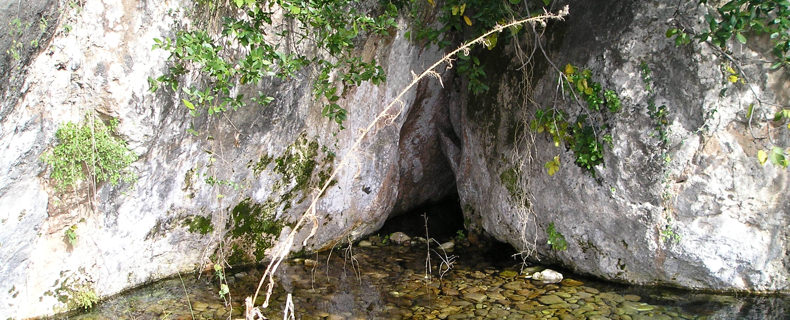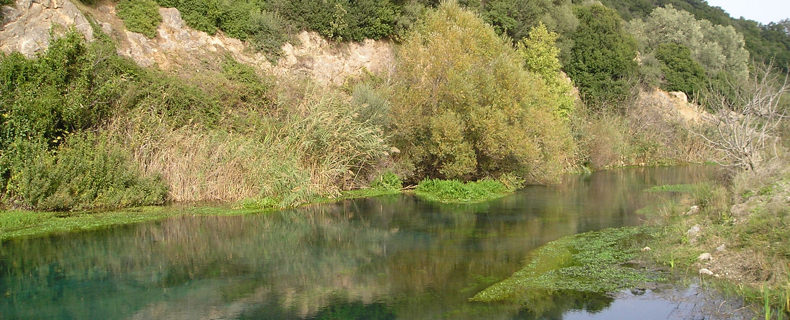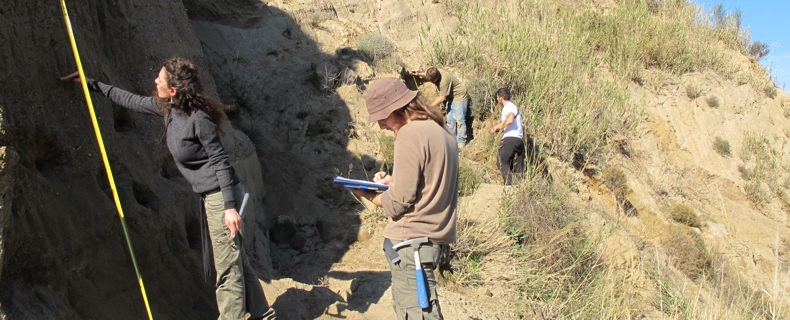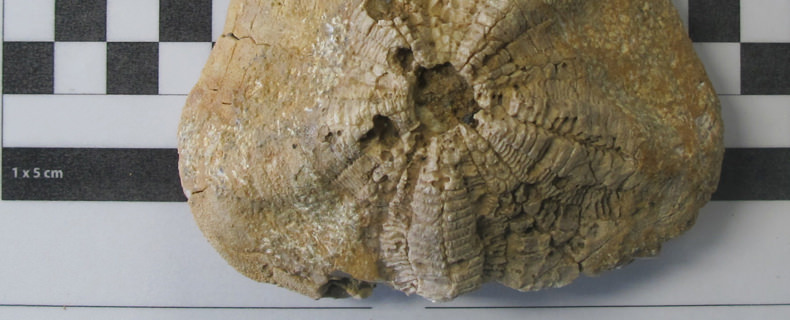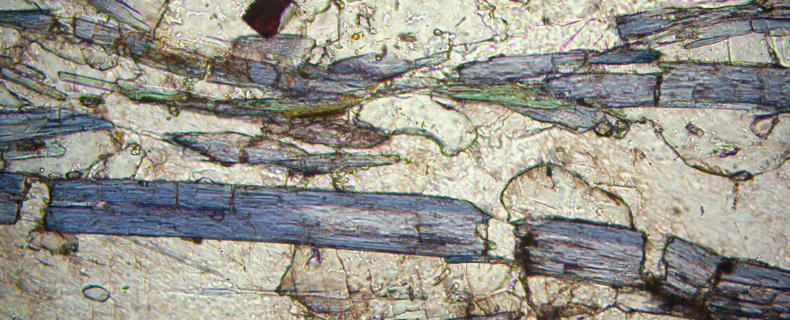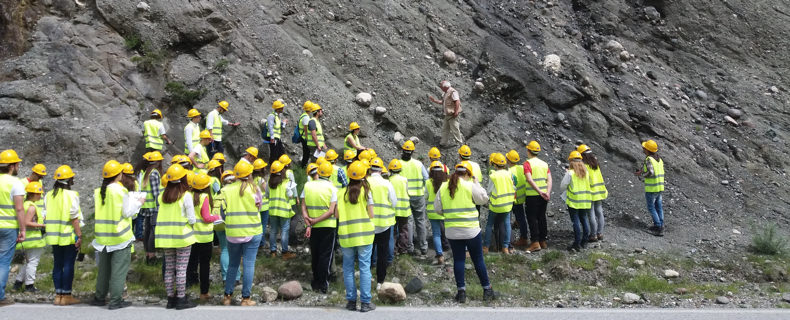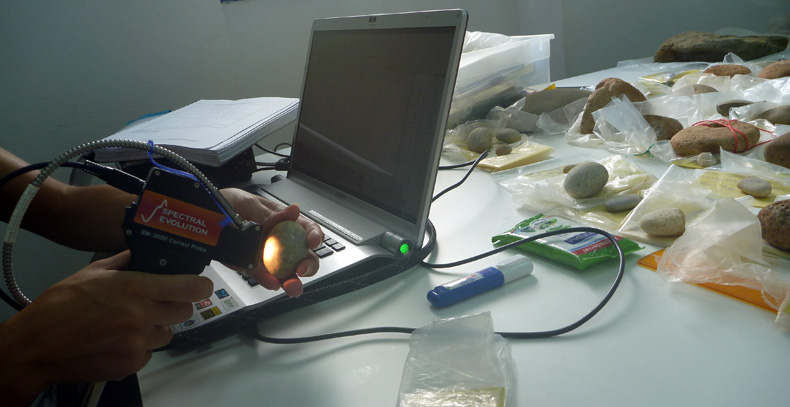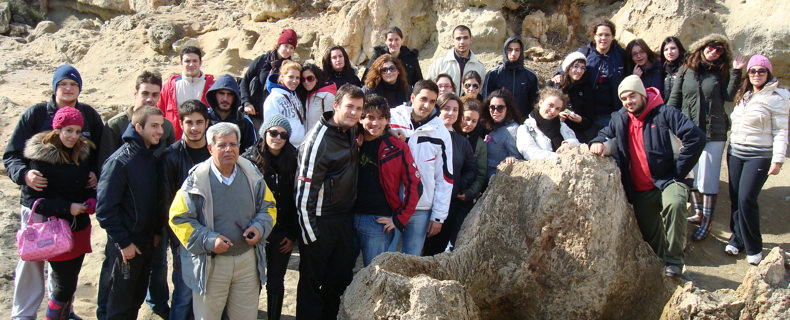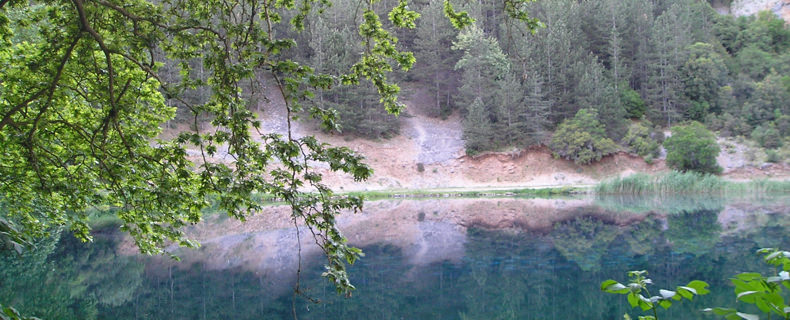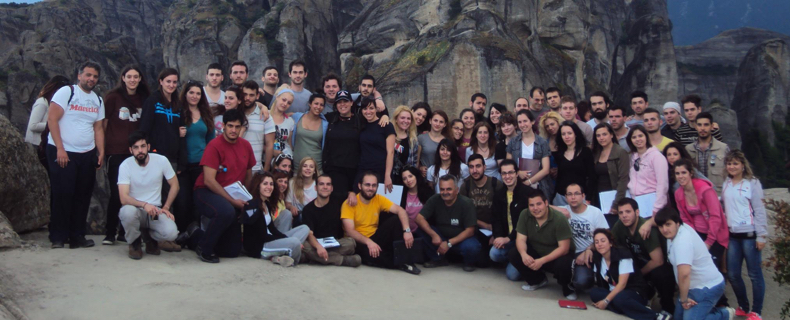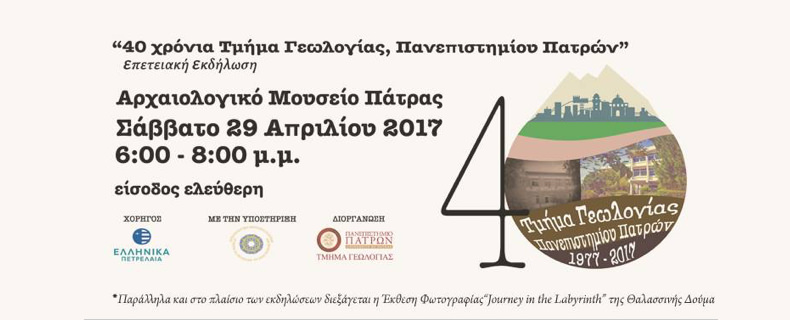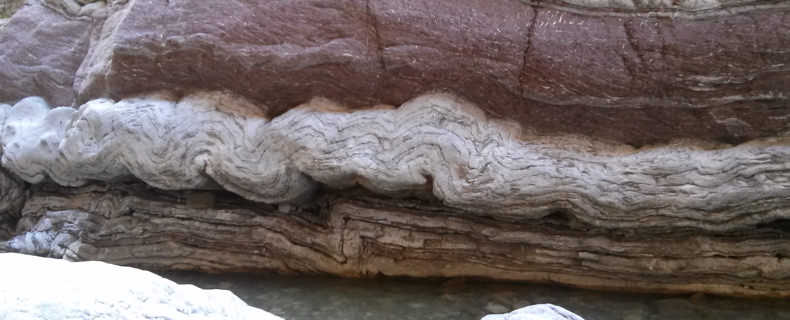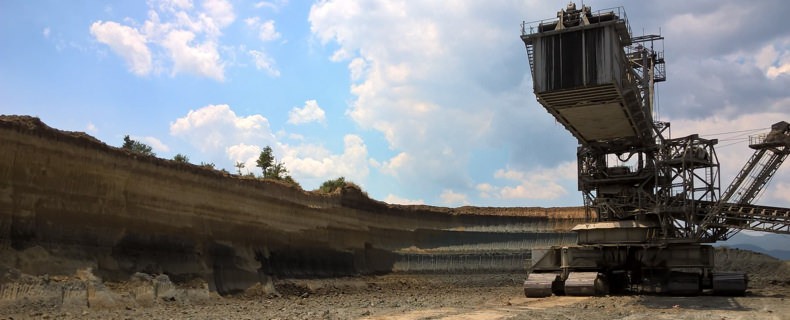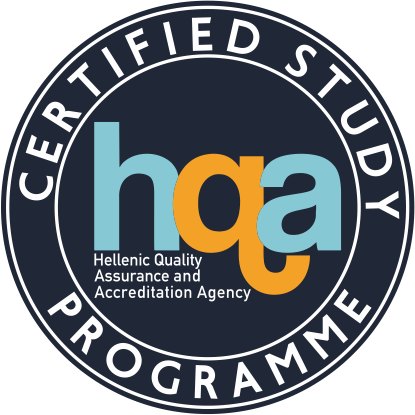| School | Natural Sciences | ||||||||||||||
| Academic Unit |
Geology Department | ||||||||||||||
| Level of Studies |
Undergraduate | ||||||||||||||
| Course Code |
GEO_820E | ||||||||||||||
| Εξάμηνο σπουδών | 8ο | ||||||||||||||
| Course Title |
Applied Micropalaeontology - Palaeoenvironment | ||||||||||||||
| Independent Teaching Activities |
Lectures, laboratory work, tutorial and fieldwork | ||||||||||||||
| Weekly Teaching Hours |
2 (lect.), 2 (lab.), 1(t), | ||||||||||||||
| Credits | 5 | ||||||||||||||
| Course Type |
Scientific Field and Skills Development | ||||||||||||||
| Prerequisite Courses |
Typically, there are not prerequisite courses, however, for the better understanding of the course it would be considered appropriate students to have attended the following modules: Palaeontology, Stratigraphy and Historical Geology, Biomarkers and Palaeoenvironment | ||||||||||||||
| Language of Instruction & Examinations |
Greek | ||||||||||||||
| Is the Course offered to Erasmus Students |
Υes, teaching may be however offered in English in case foreign students attend the course. | ||||||||||||||
| Course Web-Page (URL) | https://eclass.upatras.gr/courses/GEO333/ (in Greek) | ||||||||||||||
| Learning Outcomes |
This is an introductory module for special topics in the fields of applied Micropalaeontology and Palaeoenvironment . Upon successful completion of this module the students will be able to:
|
||||||||||||||
| General Competences |
Generally, by the end of this course the student will, furthermore, have developed the following general abilities:
|
||||||||||||||
| Syllabus |
|
||||||||||||||
| Delivery | Lectures and laboratory practice face to face. Observation and study of real microfossils during laboratory practice | ||||||||||||||
| Use of Information & Communication Technology |
Use of Information and Communication Technologies (ICTs) (powerpoint) in teaching. Supporting teaching and communication through e-class. The lectures content of the course for each chapter are uploaded on the e-class platform, in the form of a series of ppt files, from where the students can freely download them. | ||||||||||||||
| Teaching Methods |
|
||||||||||||||
| Student Performance Evaluation |
Ι) Written long essay, preparation and study of actual micropalaeontological sample collected during fieldwork. The mark consists 50% of the final grade. ΙΙ) Written reports following the completion of each practical. The mean mark of the reports consists the other 50% of the final grade. Minimum passing grade: 5. Final Course Grade (FCG) FCG = ( written long essay + practical reports ) / 2 The language of assessment is in Greek. If foreign students attend the course, their assessment in English. |
||||||||||||||
| Attached Bibliography |
Suggested bibliography:
|


